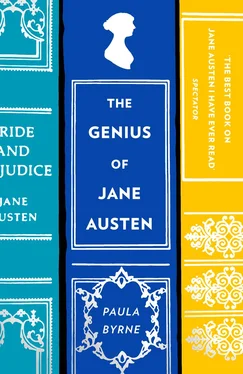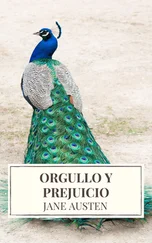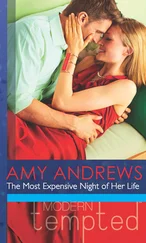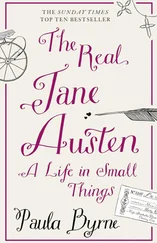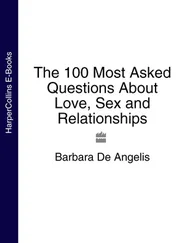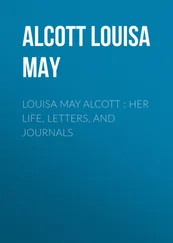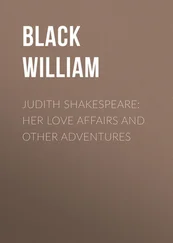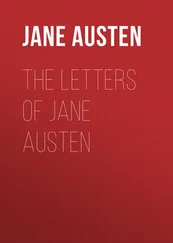Three days after seeing Kean and Elliston at Drury Lane, Jane Austen went to the rival house Covent Garden to see Charles Coffey’s farce, The Devil to Pay . ‘I expect to be very much amused’, she wrote in anticipation ( Letters , p. 260). Dora Jordan played Nell, one of her most famous comic roles. The party were to see Thomas Arne’s opera Artaxerxes with Catherine Stephens (1794–1882), the celebrated British soprano who later became Countess of Essex. She was, however, less excited by the opera than the farce: ‘Excepting Miss Stephens, I dare say Artaxerxes will be very tiresome’ ( Letters , p. 260). Catherine Stephens acted Mandane in Artaxerxes , a role in which Hazlitt thought she was superb, claiming that he could hear her sing ‘forever’: ‘There was a new sound in the air, like the voice of Spring; it was as if Music had become young again, and was resolved to try the power of her softest, simplest, sweetest notes.’ 44Austen’s response was just as she expected: ‘I was very tired of Artaxerxes, highly amused with the Farce, & in an inferior way with the Pantomime that followed’ ( Letters , p. 260). However, she was unimpressed with Catherine Stephens and grumbled at the plan for a second excursion to see her the following night: ‘I have had enough for the present’ ( Letters , p. 260).
Neverthless, in spite of a cold, she joined the party to see Stephens as Mrs Cornflower in Charles Dibdin’s The Farmer’s Wife , a role created for her musical ability and her talent in low comedy:
Well, we went to the Play again last night … The Farmer’s Wife is a musical thing in 3 acts, & as Edward was steady in not staying for anything more, we were at home before 10 – Fanny and Mr J. P. are delighted with Miss S. & her merit in singing is I dare say very great; that she gave me no pleasure is no reflection upon her, nor I hope upon myself being what Nature made me on that article. All that I am sensible of in Miss S. is, a pleasing person & no skill in acting. We had Mathews, Liston and Emery: of course some amusement. ( Letters , p. 261)
Though disappointed with Stephens, she enjoyed the performances of Mathews, Liston and Emery, who were three of the great comedians of the day. Tall and skinny, Charles Mathews was noted for his brilliance as ‘officious valets and humorous old men’. 45His long-time friend and fellow-actor, the inimitable John Liston, often appeared alongside him. 46
Liston (1776–1846) was the highest paid comedian of his time. 47Hazlitt described him as ‘the greatest comic genius who has appeared in our time’. 48He was noted for his bumpkin roles and humorous old men. Leigh Hunt observed that his ‘happiest performances are ignorant rustics … he passes from the simplest rustic to the most conceited pretender with undiminished easiness of attainment’. 49Liston’s grave and serious face added to the effect of his comedy, Lamb wrote: ‘There is one face of Farley, one of Knight, one (but what a one it is!) of Liston’. 50For Hazlitt, Liston had ‘more comic humour oozing out of his features and person than any other actor’. 51He was a particularly fine Baron Wildenhaim in Lovers’ Vows .
John Emery (1777–1822) also played in the same line of old gentlemen and rustics, and was compared to Liston: ‘If our two stage-rustics, Emery and Liston, are compared, it will be found that the former is more skilled in the habits and cunning of rusticity, and the latter in its simplicity and ignorance.’ But Hunt later claimed of Emery that, in playing the countrymen, the field was ‘exclusively and entirely his’. 52Hazlitt also observed that ‘in his line of rustic characters he is a perfect actor’. 53
The Farmer’s Wife was a vehicle for the singing arts of Stephens and the comic talents of Mathews, Liston and Emery. It tells a rather tired tale of an innocent (Emma Cornflower) abducted by a debauched aristocrat (Sir Charles). Mathews plays a village apothecary, Dr Pother. Liston played a cunning London manservant to Sir Charles. This served as a comic contrast to Emery’s ignorant but good-hearted Yorkshireman, servant to Farmer Cornflower. 54The play’s comic juxtapositions of high and low characters drew on a convention long associated with the stage: the contrast between town and country, a theme that Austen had been working on in Mansfield Park .
Jane Austen’s blunt assertion that Stephens had ‘no skill in acting’ is refreshing and to the point, in an age distinguished by its over-elaborate encomiums of actors and their roles. Furthermore her remark reveals a strong and discerning voice, one that knows what ‘good hardened acting’ is, and isn’t, and is confident in its own critical judgement without being unduly influenced by the current favourite of the stage. After revealing the details of the previous night’s theatre to Cassandra, she wrote of plans for yet another excursion to Covent Garden to see Kean’s rival, Charles Mayne Young (1777–1856), acting in Richard III : ‘Prepare for a Play the very first evening. I rather think Covent Garden, to see Young in Richard’ ( Letters , p. 261).
Young had been the leading tragedian of the London stage before Kean challenged his supremacy in 1814. Young was in the Kemble school of acting, and was noted for his heroic, dignified acting style, though he was often compared unfavourably with his predecessor Kemble: ‘His most striking fault, as a tragic actor, is a perpetual imitation of Mr Kemble.’ 55He was often criticised for his lack of passion: ‘Mr Young never gives himself up to his feelings, but always relies upon his judgement – he never acts from the heart, but the head.’ 56Leigh Hunt was lukewarm about his abilities, describing him as an actor of ‘elegant mediocrity’, and Hazlitt was even more disparaging, especially of Young’s Hamlet: ‘he declaims it very well, and rants it very well; but where is the expression of the feeling?’ 57Since Cassandra was coming to London, and presumably accompanied her sister to see Young’s Richard, there is no letter describing Jane’s reaction to his rendering of the part. But the critical consensus was that the performance was not a success.
The opposition between the Kemble/Young and the Cooke/Kean school of acting was often couched as a conflict between reason and feeling, judgement and passion. It is striking that Austen, who is so often associated with ‘sense’ rather than ‘sensibility’, clearly admired Kean’s acting but seems to have had little enthusiasm for the Kemble school. Though she names most of the major stars of the London stage in her surviving letters, there is not a single mention of John Philip Kemble himself.
Jane Austen did see Young again, this time with the new acting sensation, Eliza O’Neill, who had made her triumphant debut a month earlier as Juliet and was heralded as the only tragedian worthy to take over the mantle of Sarah Siddons. Just as Drury Lane had been saved from the brink of financial ruin by the advent of Kean, so Covent Garden was desperate to bring forward its own star in reply. 58Byron refused to see O’Neill out of his loyalty to Kean and Drury Lane, and for fear that he would like her too much: ‘No I’m resolved to be un-“Oneiled”’. 59As with Kean’s debut earlier that year, audiences acclaimed O’Neill as a genius from the provinces; it was claimed that some spectators fainted under her spell. 60
Jane Austen’s last known visit to the professional theatre took place late in 1814. She was as keen to see Covent Garden’s new star as she had been to see Kean, and on the night of 28 November Henry and Edward arranged for her to see Isabella , a tragedy adapted by Garrick from Thomas Southerne’s The Fatal Marriage: or The Innocent Adultery , in which O’Neill played the leading female role. Jane, writing to her niece Anna Lefroy, was disappointed with O’Neill’s performance:
Читать дальше
